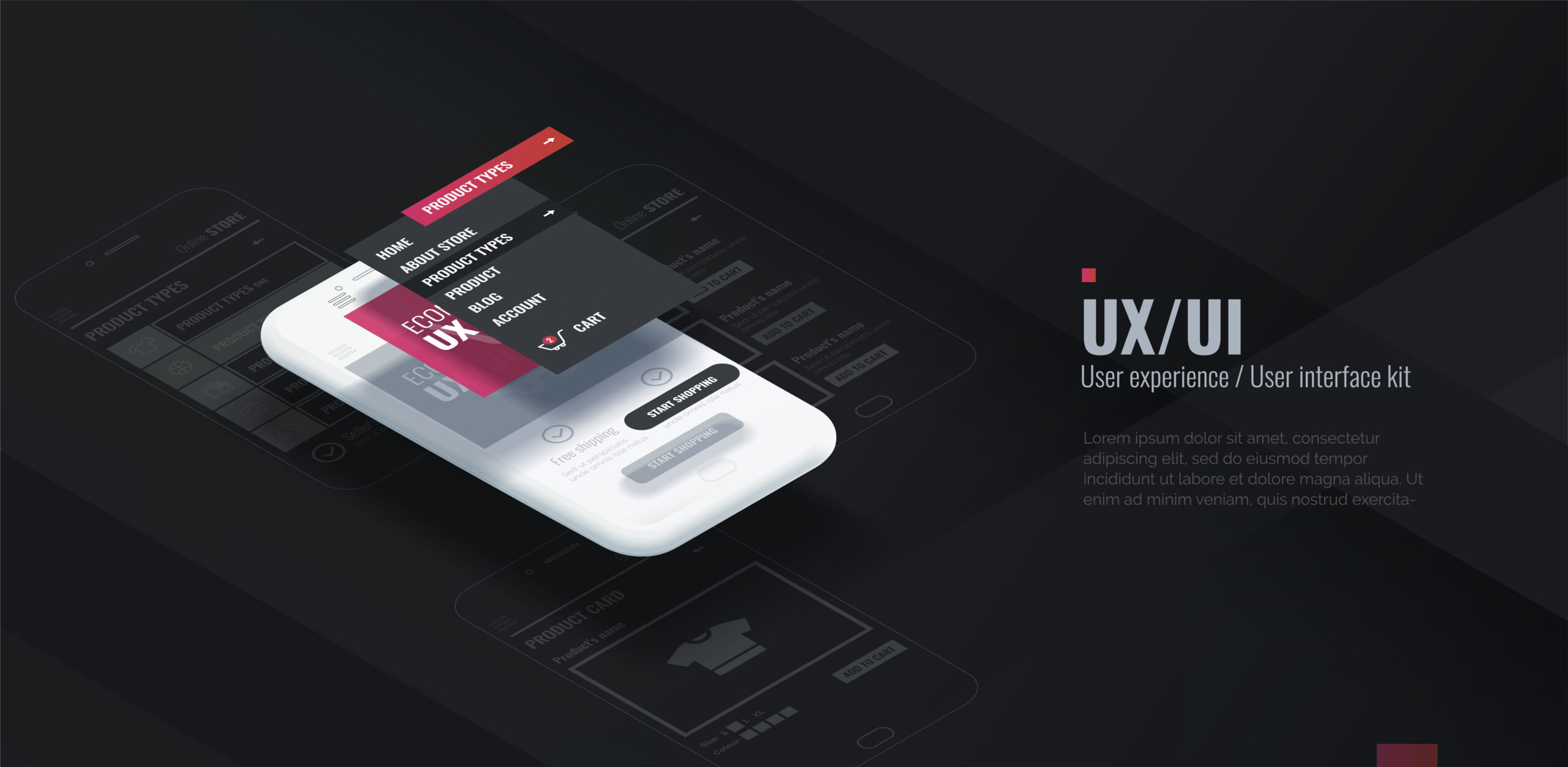User Interface (UI) and User Experience (UX) design are two critical components of any digital product. UI design is concerned with the visual aspects of a product, such as the layout, color scheme, typography, and other design elements. UX design, on the other hand, is concerned with how users interact with a product and how they feel about it.
To create an effective UI/UX design, you need to consider the following topics:
Human-Computer Interaction (HCI)
Understanding HCI is essential for creating a successful UI/UX design. HCI is the study of how people interact with computers and how computers can be made more user-friendly. It involves understanding the user’s needs and designing interfaces that meet those needs.
User Research:
Conducting user research is critical to creating a user-friendly UI/UX design. User research involves gathering information about your users’ needs, preferences, and behaviors. This information can be used to create personas, which are fictional characters that represent your target audience.
Information Architecture:
Information architecture involves organizing information in a way that makes sense to users. It involves creating a structure for your content and designing navigation that is easy to use.
Wireframing:
Wireframing is the process of creating a visual representation of your UI/UX design. It involves creating a basic layout of your interface without any design elements.
Prototyping:
Prototyping involves creating a working model of your UI/UX design. It allows you to test your design with users and make changes before you launch your product.
Visual Design:
Visual design involves creating the look and feel of your UI/UX design. It includes choosing colors, typography, images, and other design elements.

Usability Testing:
Usability testing involves testing your UI/UX design with real users to identify any usability issues. It allows you to make changes to your design before launching your product.
Accessibility:
Accessibility involves designing your UI/UX design so that it can be used by people with disabilities. This includes designing for people with visual impairments, hearing impairments, and mobility impairments.
Responsive Design:
Responsive design involves designing your UI/UX so that it works well on different devices such as desktops, tablets, and smartphones.
Design Thinking:
Design thinking is an iterative process that involves understanding the user’s needs, prototyping solutions, and testing those solutions with users.
In summary, creating an effective UI/UX design requires careful consideration of your users’ needs and problems in your design process and using data to determine what matters most to them. Once you know what matters most to your users, offer it up on a plate in an easy-to-use interface that delights them at every step of their journey.

